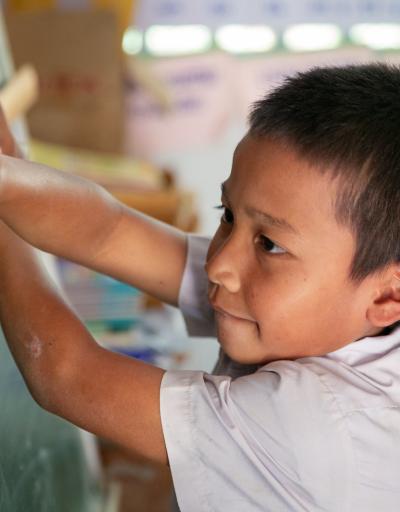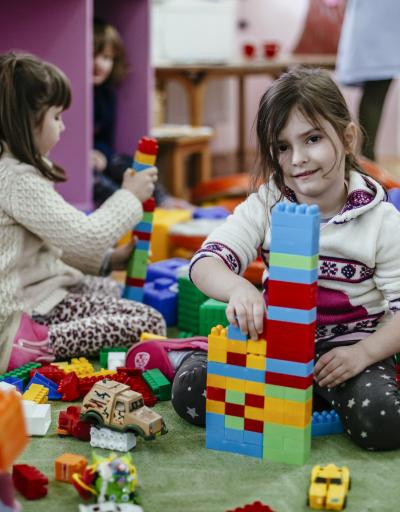
Can countries afford their national SDG 4 benchmarks?
The international community committed to ambitious education targets to be achieved by 2030, including universal secondary completion and at least a minimum level of proficiency in reading and mathematics achieved by all children. The magnitude of the challenge has become clear. Even the goal of universal primary completion, which was first set to be achieved by 1980, is not expected to be reached by 2030. As of 2020, one in four children in Africa were not completing primary school. The COVID-19 pandemic added a further obstacle, causing a major disruption to education systems.
Under these circumstances, it is no longer useful to estimate the cost to low- and lower-middle-income countries of achieving the Sustainable Development Goal 4 (SDG 4) targets, as done twice before, in 2015 and 2020. However much money is spent, the targets are no longer achievable. Over the past two years countries have set national benchmarks for selected SDG 4 indicators to be achieved by 2025 and 2030. This step allows the reformulation of the challenge: what will it take countries to achieve the 2030 targets they have set for themselves rather than the aspirational targets?
This paper reviews the two previous SDG 4 costing exercises and their main assumptions, and speculates about the potential financial impact of COVID-19. It introduces the SDG 4 benchmarking process and how to estimate the cost of achieving these targets set by countries, largely based on their sector plans. Finally, it presents the revised assumptions of the model and the key findings. Despite lowering ambition, there is still an average national financing gap of USD 97 billion per year in the 79 low- and lower-middle-income countries. This is several times the external resources currently being offered.




